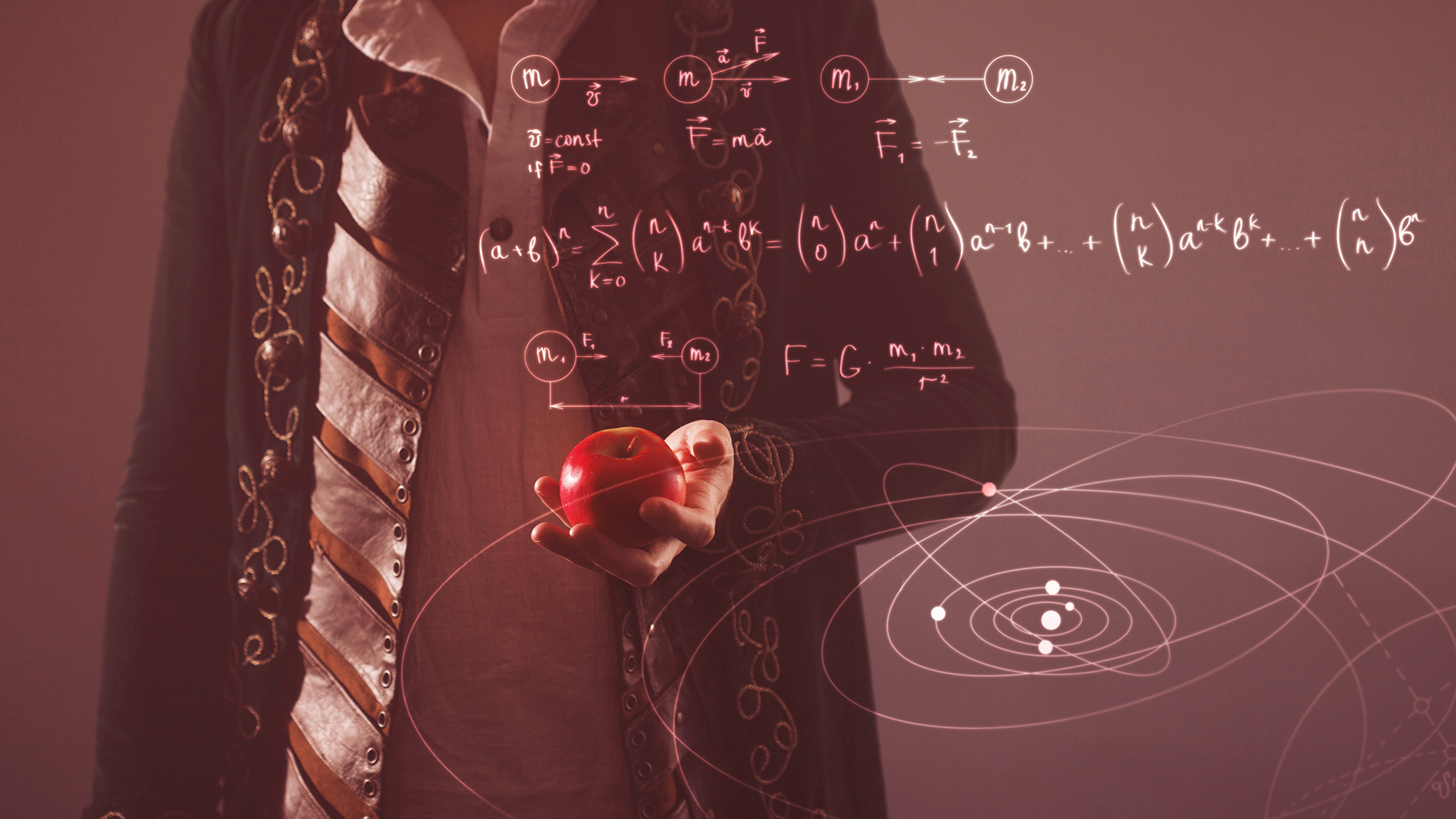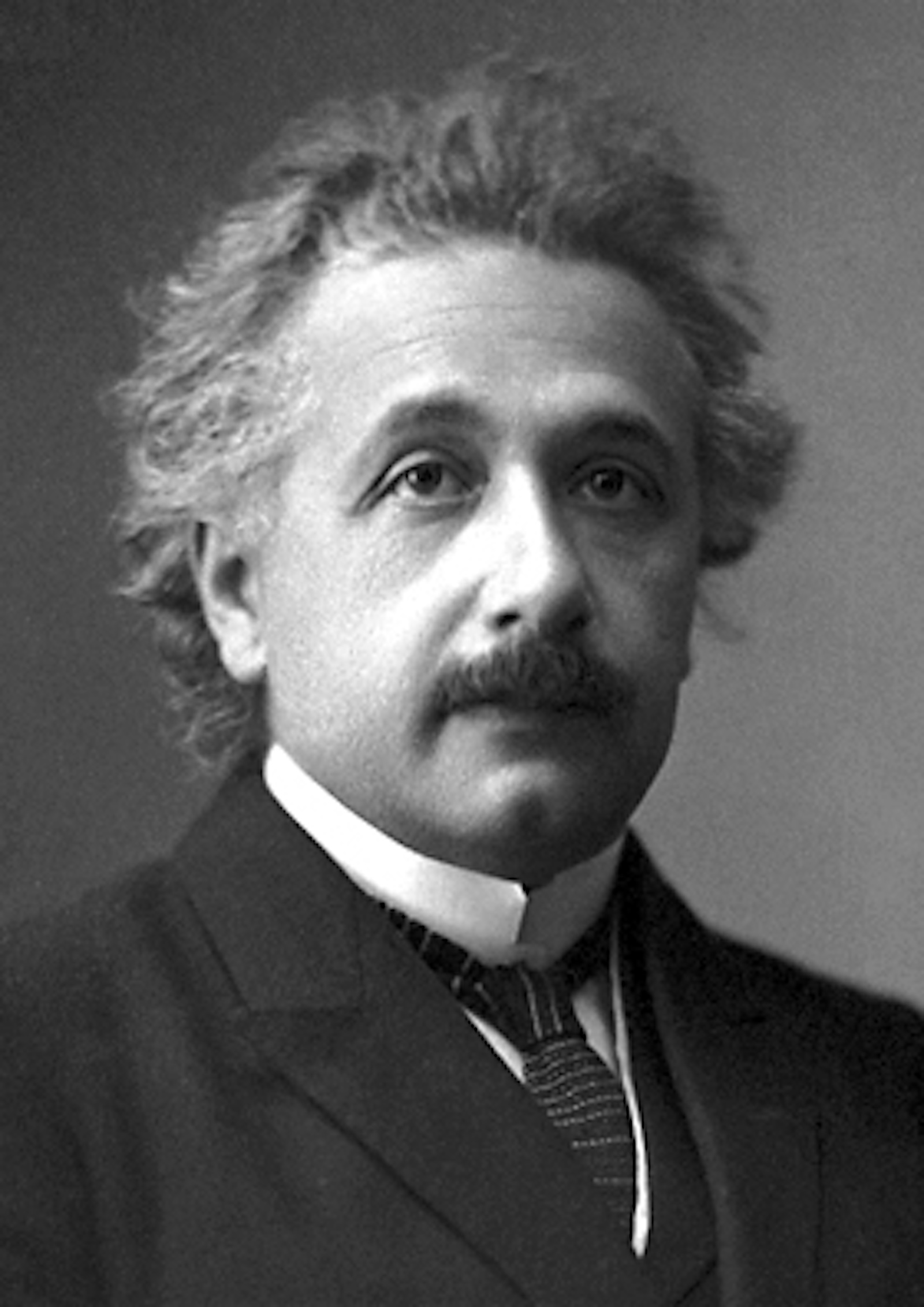What are Newton's laws of motion?

Newton's Laws of Motion is one of the reasons that Sir Isaac Newton is often considered the No. 1 scientist of all time.

Newton's Laws of Motion is one of the reasons why Sir Isaac Newton is often considered the No. 1 scientist of all time. And while we're all forced to learn about his laws of motion and concepts of gravity in high school, we rarely get a glimpse into why his seminal work, "Philosophiae Naturalis Principia Mathematica" (or, in English, "Mathematical Principles of Natural Philosophy"), is so dang important. So let's dig in a little bit into the mind of a genius:
Newton's First Law of Motion
Philosophers throughout time have been searching for fundamental laws, simple rules of the universe that could explain the wide and wild variety of phenomena that we see in the world around us. They had been working, and largely failing, at that task for a few millennia until Newton showed up in the late 1600s and showed them how to do it.
In "Principia," Newton laid out three simple rules of the universe. At first glance, over three hundred years later, they seem simple, intuitive, and obvious, but that's only because we've had over three hundred years to let them sink in. At the time, they were total revolutions in thought.
Video: Newton's three laws of motion explained
Related: The four fundamental forces of nature
His first law stated that objects at rest tend to stay at rest, and objects in motion tend to stay in motion. In other words, there's this thing called "inertia," which is a measure of an object's resistance to motion.
This idea was … new. Previously, most thinkers thought that individual objects had a natural inclination to either move or not move (e.g., to explain why the wind tended to blow but rocks preferred to stay put). Likewise, some objects preferred to float (like clouds) while others didn't (like people). But Newton flipped this on its head: all objects had an innate resistance to new motion, and it took a force to get them to change.
Newton's Second Law of Motion
Speaking of forces, that was Newton's second law: forces applied to an object give them acceleration, with the amount of acceleration dependent on the object's mass. This, too, went against the prevailing wisdom, which thought that forces applied to an object gave them velocity. This is partly true, because acceleration is a change of velocity, but it misses the bigger picture that Newton was going after. Once accelerated to a certain velocity, an object will maintain that velocity unless and until a new force is applied to speed it up or slow it down.
Breaking space news, the latest updates on rocket launches, skywatching events and more!
Related: Watch an astronaut test newton's second law of motion in space
Newton's second law is really the law of conservation of momentum written in another way. Objects will maintain their momentum until a force is applied, and that force will change their momentum. All interactions between objects (e.g., collisions, bumps, knocks, smashes and so on) will preserve the total amount of momentum between them.
If you've never met momentum conservation before, you should know that this concept is a cornerstone of every single branch of physics. Seriously, all of it: general and special relativity, quantum mechanics, thermodynamics, particle physics and so on. They all rest and rely on the conservation of momentum to guide them. All of modern physics boils down, at the very deepest levels, to expressing the conservation of momentum in different scenarios.
From electrons in an atom to the expansion of the universe, it's all tied to the same concept, which can trace its roots to Newton's second law.
Related: Einstein's theory of general relativity
Newton's Third Law of Motion
Newton's last law, that each force has an equal and opposite force, seems like a minor addition. But it too was a major revolution in thought.
When you push on something, you're applying a force to it and causing it to accelerate. Easy peasy, right? But did you know that the object is simultaneously pushing back on you?
How could that be, if you're not moving and the object is?
The key is that while the forces are equal, the accelerations aren't. If you're more massive than a football, then when you kick it your acceleration will be small, while the football will go flying. But that force back on you is what gives you the sensation of resistance. Another example: when you sit on a chair, you're applying a force to it, but the chair is also applying a force to you — it's what you feel pushing up on you.
This last insight is how Newton unlocked the entire cosmos. As he watched an apple fall from a tree, he realized that since the Earth is applying a force to the apple, then the apple must also be applying a force to the Earth. But we don't see the Earth move because it's so massive.
Video: Universal gravitation explains basically everything
With this line of reasoning, Newton was able to argue that the gravitational force wasn't just something felt near the surface of the Earth, but that it was truly universal: all objects in the cosmos were tied to all other objects through invisible chains of gravity. Armed with that insight and his newfound laws, Newton was able to explain everything from the orbits of the planets to the cycles of the tides.
Q&A: Newton's Law of Motion

Janet Kavandi is responsible for Sierra Space's space programs, including the Dream Chaser space plane. Kavandi also leads the Sierra Space human spaceflight center and astronaut training academy, responsible for astronaut selection, training, and human health. Previously at NASA, Kavandi flew space shuttle missions STS-91 in 1998, STS-99 in 2000 and STS-104 in 2001. She ended her career at NASA as director of its John H. Glenn Research Center in Cleveland, Ohio.
How does Newton's First Law of Motion relate to space?
While docking, if you continue your spaceship toward a space station, you will ram it if you don't make a change. You must maneuver that spaceship so that you get the right speed and the right angle and you're both moving together at 17,500 miles an hour [28,000 km/h].
How does Newton's Second Law of Motion relate to space?
The moon's formation demonstrates this law. This one big body slammed into the Earth with such force that it caused the Earth to go molten again, essentially. Our planet ejected another blob away into a bunch of different particles that then recoalesced and formed the moon. That momentum also slowed the Earth down.
How does Newton's Third Law relate to space?
When those planets collided to eventually form the moon, they didn't bounce off each other. Instead, the energy turned the Earth molten and it ejected material.
Additional resources
Access resources about Newton's Laws of Motion at NASA's Glenn Research Center. Learn more about Newton's Laws of Motion at Khan Academy.
Bibliography
Encyclopedia Britannica. (Last accessed 2023, May 15.) "Newton's laws of motion." https://www.britannica.com/science/Newtons-laws-of-motion
Khan Academy. (2023). "Forces and Newton's laws of motion." https://www.khanacademy.org/science/physics/forces-newtons-laws
NASA Glenn Research Center. (Last accessed 2023, May 15.) "Newton's Laws of Motion." https://www1.grc.nasa.gov/beginners-guide-to-aeronautics/newtons-laws-of-motion/
Paul M. Sutter is an astrophysicist at SUNY Stony Brook and the Flatiron Institute, host of Ask a Spaceman and Space Radio, and author of How to Die in Space.
Learn more by listening to the episode "What was Newton's big deal?" on the Ask A Spaceman podcast, available on iTunes and on the Web at http://www.askaspaceman.com. Thanks to Chris C. for the questions that led to this piece! Ask your own question on Twitter using #AskASpaceman or by following Paul @PaulMattSutter and facebook.com/PaulMattSutter.

Paul M. Sutter is a cosmologist at Johns Hopkins University, host of Ask a Spaceman, and author of How to Die in Space.
- Elizabeth HowellFormer Staff Writer, Spaceflight (July 2022-November 2024)



